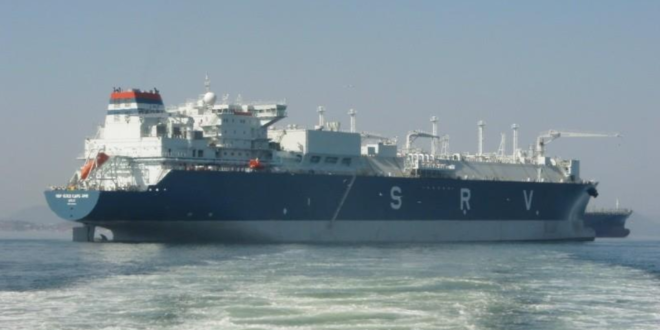When the EU bombarded Russia with sanctions following the invasion of Ukraine back in 2022, gas was in the spotlight.
Russia was the continent’s biggest supplier, and it was about to stop being that. At the time, the dominant mood in Europe was confidence—that even if Russia were to turn the tap off, there are plenty of alternatives. Indeed, they were. But what they did was replace one dependence—Russian gas—with another: LNG. And there is a lot more competition in the LNG space than there was for Russian pipeline gas.
Back in 2022, when the first U.S. LNG carriers started arriving at European ports, national and EU leaders rejoiced, claiming Europeans had easily shaken off their dependence on Russian gas with zero adverse effects. Only months later, French President Emmanuel Macron slammed the U.S. for asking too high a price for its liquefied gas, letting out in the open the aspect of the switch that no one else wanted to talk about: price.
Europe’s switch from Russian pipeline gas to cross-Atlantic LNG cost it. It continues to cost it, which is why it has not yet stopped all imports of Russian gas, including LNG. The problem is that soon, the Ukrainian transit route is going to be shut down as the country said it would not renew its transit deal with Gazprom, which expires at the end of the year.
Once again, European leaders are confident and vocal with the claim that Europe will be just fine without Russian gas. What they are once again omitting is that the growing dependence on LNG will keep energy prices on the continent elevated, compromising the competitiveness that Brussels is trying so hard to boost for European industrials.
Gas flow data for May showed earlier this month that Gazprom’s flows via Ukraine to Europe went up by a substantial 39% from a year earlier. Since the start of the year, the Russian state giant has exported some 13 billion cu m of natural gas to Europe, Reuters reported last week. This is a fraction of what it used to send in a western direction—the rest has been replaced by LNG. This is a problem for Europe.
Bloomberg’s Javier Blas argued in a recent column that the European gas crisis was far from over, going against all official declarations since the winter of 2022 that said Europe had dealt with the crisis before it could even unfold. That winter, Europe got lucky with mild weather, driven, as Blas explains, by El Nino. So was last winter’s mild weather, he said in his article, and then served the bad news. El Nino’s influence over the weather is nearing its end, and the time is coming for La Nina, which brings cooler weather.
This means colder winters in the northern hemisphere. This, in turn, means greater gas demand. And this, ultimately, means even higher prices for the energy Europeans consume. European politicians still don’t like to talk about LNG prices because the topic is quite inconvenient. Indeed, prices have fallen substantially since the peaks they hit in mid-2022 but are still nowhere near the average price of pipeline gas that Europe thrived on prior to that year. What’s even more inconvenient is one of the two big reasons for that price fall, along with ample U.S. supply. That reason was lower industrial activity—resulting from high gas prices.
According to Bloomberg’s Blas, there is good news in the whole situation: the winter of 2024/25 will likely be the last one with limited LNG supply that will likely send prices soaring again amid intensive competition between Europe and Asia. Starting from 2025, he wrote, new supply will be coming from Qatar and the United States, easing demand pressures. What won’t happen, however, is getting gas prices on par with pipeline imports from Russia, which fueled Europe’s industrial growth.
This suggests that the abovementioned industrial growth is not coming back anytime soon, not without massive government support that governments are neither willing nor capable of providing as they stay fixated on emission reduction. And this is why talk about things like “degrowth” and “post-growth” are beginning to make inroads into the official political narrative in Europe. A return to actual growth is impossible without cheap energy, and there is no cheap energy on the European horizon.
There is, in fact, even more expensive LNG on Europe’s energy horizon—because of the EU’s own energy policies, yet again. Last month, the European Union approved a new law that sets limits on methane emissions for every molecule of natural gas that enters the bloc. This means exporters to Europe would need to invest in some serious methane emission reductions. And this means the end product will be more expensive. The winter of 2024/25 is unlikely to be the last difficult winter for Europeans. It’s more likely to be the third of many difficult winters.

 Iran Energy News Oil, Gas, Petrochemical and Energy Field Specialized Channel
Iran Energy News Oil, Gas, Petrochemical and Energy Field Specialized Channel



